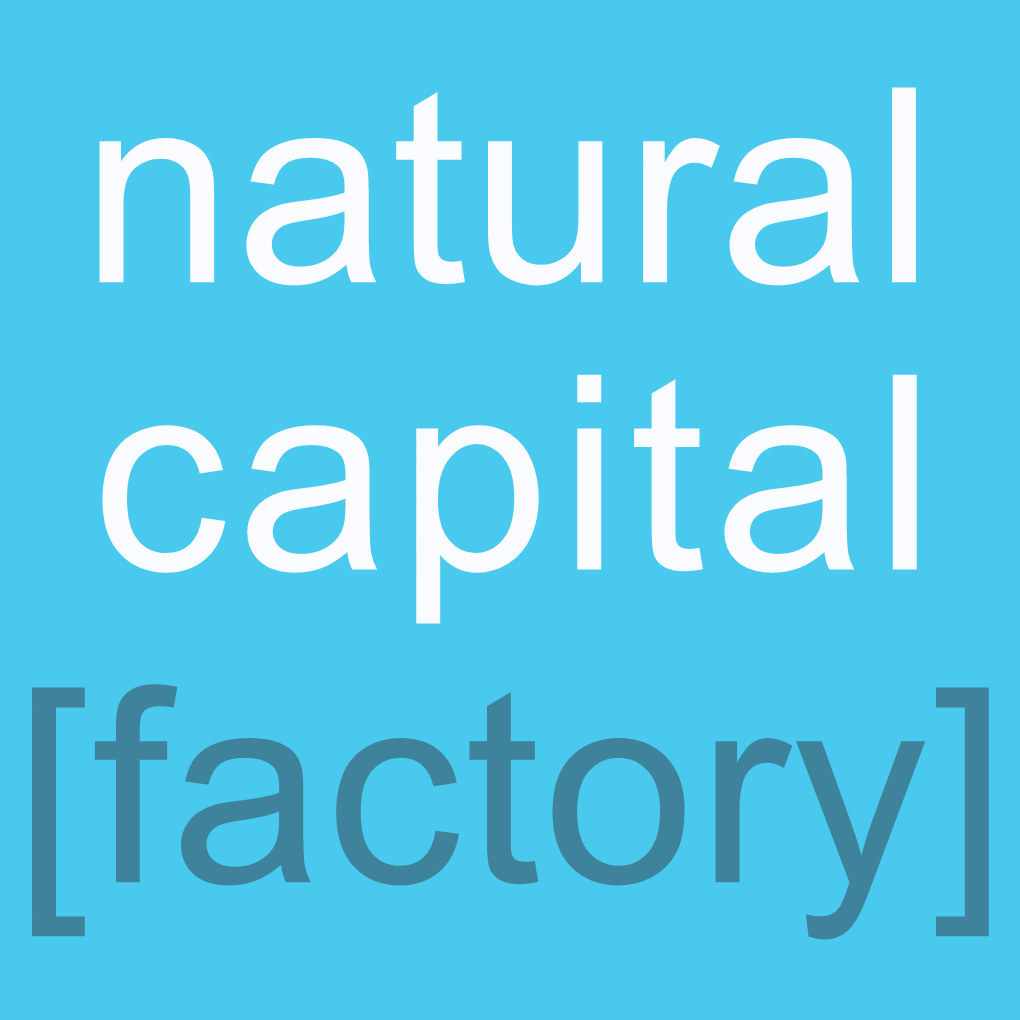This report assesses and accounts for four ecosystem services (ES): crop provision, timber provision, global climate regulation, and flood control. The methodology applied for the accounts of each ecosystem service depends on the nature of the service and on data availability. Crop provision account is based on official statistics on yield production. Authors combine yield statistics with a novel approach to disentangle the yield generated by the ecosystem from what is generated by the human inputs (i.e., planting, irrigation, chemical products). Timber provision account follows a similar rationale, but the data to assess the ecosystem contribution is derived from economic aggregates. The global climate regulation account uses carbon sequestration as a proxy. The account is built on the ecosystem CO2 uptake reported in the Land Use, Land-Use Change and Forestry (LULUCF) inventories at country level. Copernicus data (Dry Matter Productivity) have been also used to map CO2 uptake by forest (the only ecosystem type acting across countries and over time, as reported in LULUCF inventories). Maps of CO2 uptake are useful to make comparisons with other ecosystem services in a later stage of the project, in particular to assess synergies and trade-offs. Complementarily, we also provide a thematic account for soil organic carbon based on data from Land Use/Cover Area frame Survey (LUCAS).
However, this information is considered as an asset account in physical terms because it quantifies organic carbon stocks into the soil, and not flows. The valuation method used for crop and timber provision is based on market values and for global climate regulation is a proxy of market values. The account of flood control by ecosystems is the only service in this report based on biophysical modelling. Different components of the ecosystem service have been quantified: ES potential, ES demand, actual flow (or service use), and unmet demand. The actual flow, quantified as the hectares of demand benefiting from ecosystems in a given year, is also translated into monetary terms using as valuation technique the avoided damage cost.

- Pexels.com
Ecosystem services accounting – Part II Pilot accounts for crop and timber provision, global climate regulation and flood control
Main author
Year
Labels
- natural capital accounting
- ecosystem services valuation

